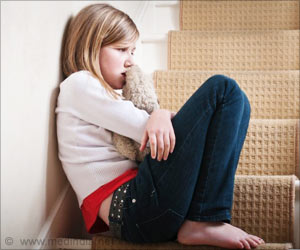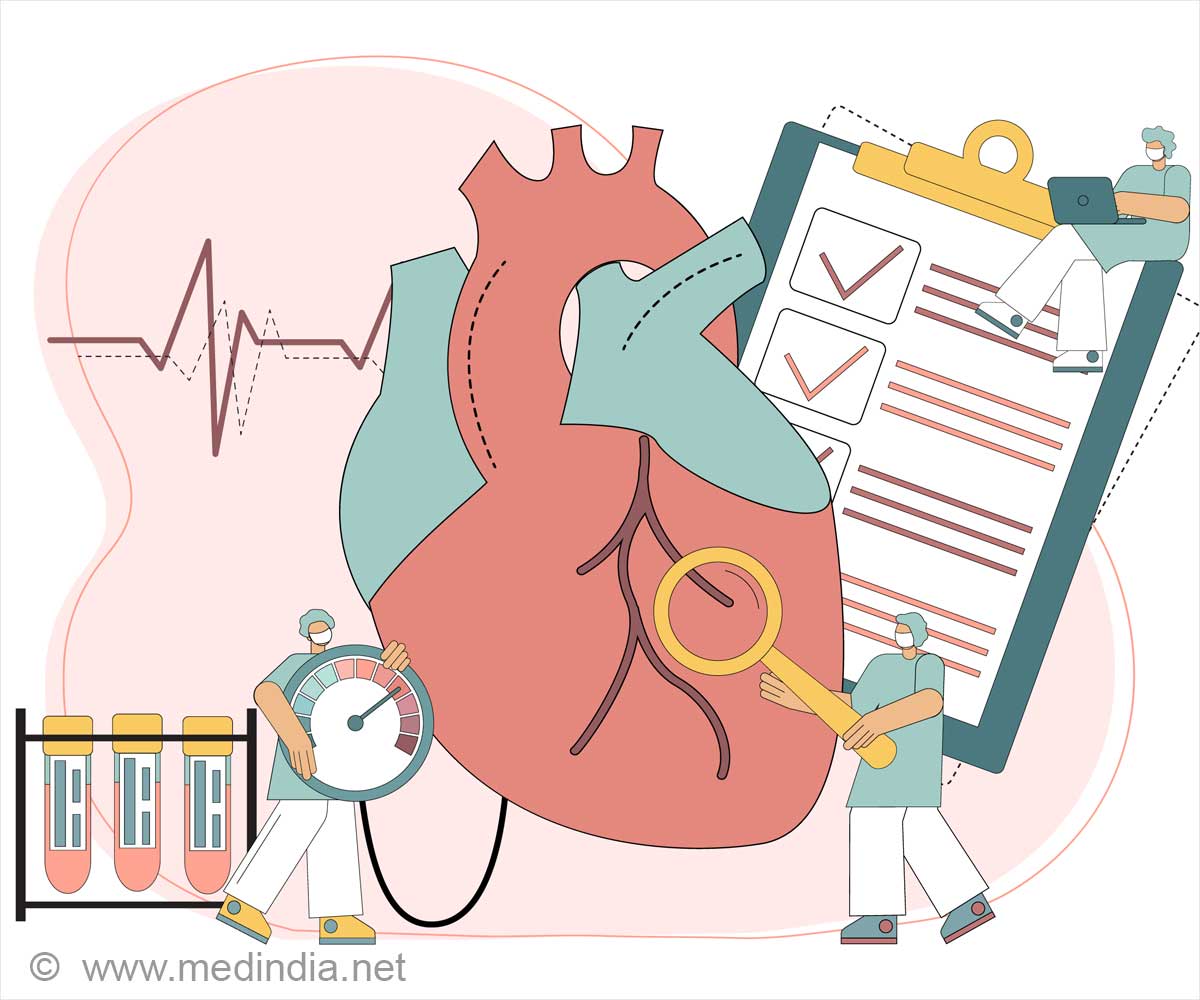Abuse or maltreatment during childhood and adolescence can affect future sexual health and behavior in several ways. Girls who have experienced abuse are more likely to use drugs or alcohol, have difficulties with executive function, and have skewed views of interpersonal relationships.
But while other studies have confirmed these risk factors, Font said the majority of previous research on the subject focused on whether the abuse itself puts adolescents at risk and less on what the system is doing to help.
“Because the experience of both CPS involvement over time and foster care, in particular, can look different, kids have a wide range of experiences and presumably we think that those matter”, said Sarah Font, associate professor of sociology at Penn State and lead author on the study.
To look beyond this, researchers conducted a study using data from 9392 female adolescents to track their medical histories and interactions with CPS from the time they were 13 through the age of 18.
Data included pregnancy, live birth, and contracting an STI as well as types of alleged maltreatment before 13 years of age and history of any interventions from CPS. This included all investigations, including those that didn’t result in further action, as well as in-home services and foster care.
After analyzing the data, the researchers found that 8.4% of the girls in the study had a confirmed STI, 11.2% became pregnant, and 6.1% had a live birth before their 18th birthday.
However, they also found that girls who left their homes to move into foster care before they turned 13 were less likely to get pregnant or have a live birth.
Furthermore, girls who then moved from foster care to adoption before the age of 13 had 41.0% lower odds of an STI diagnosis, 52.0% lower odds of pregnancy, 61.0% lower odds of live birth, and 33.0% lower odds of one or more concerning sexual health outcomes before they turned 18.
Future research also should consider the efficacy of targeted sexual health and pregnancy prevention programs and assess rates of uptake for more effective contraceptive practices, such as IUDs, for maltreated girls.
Source: Medindia



